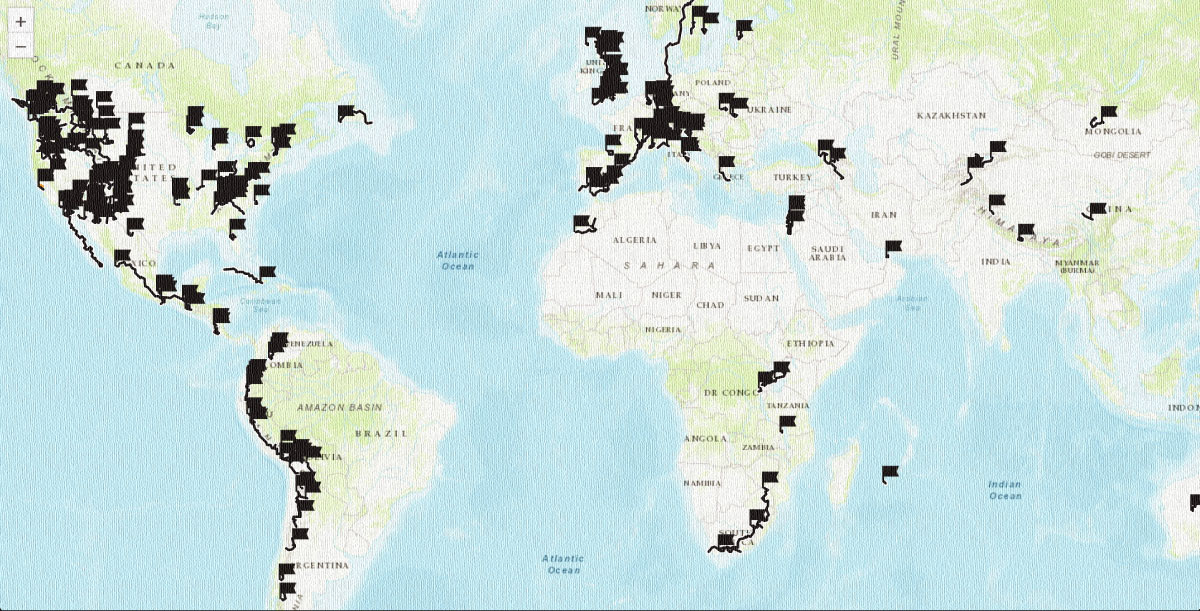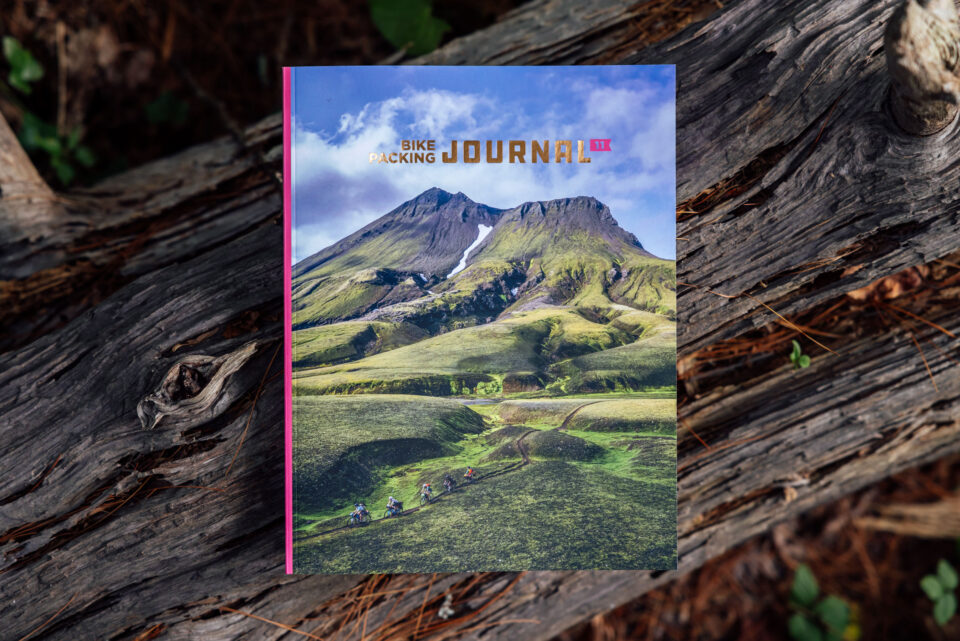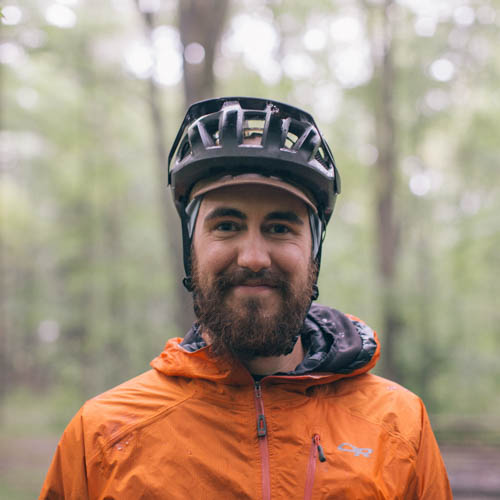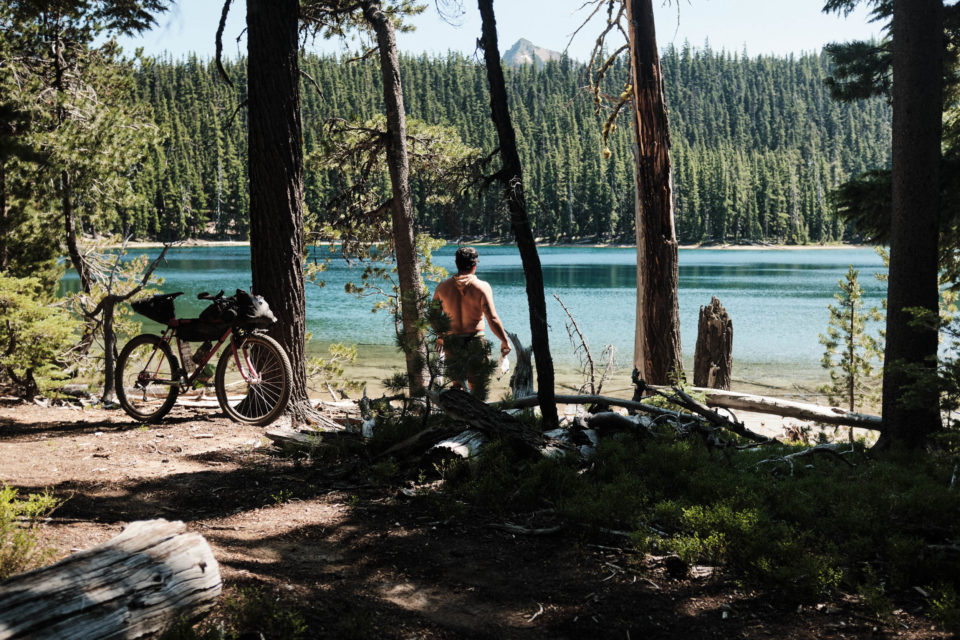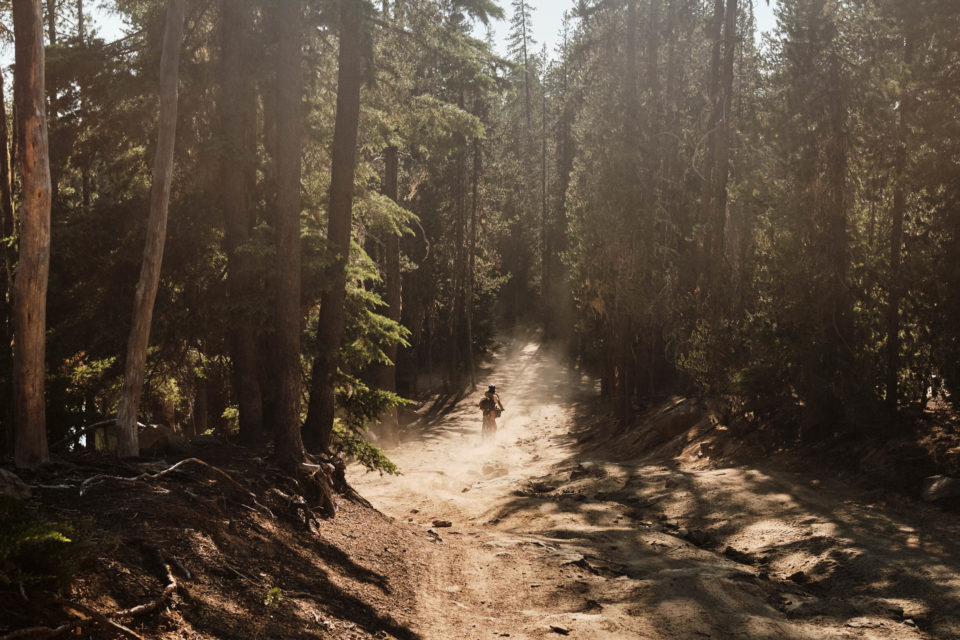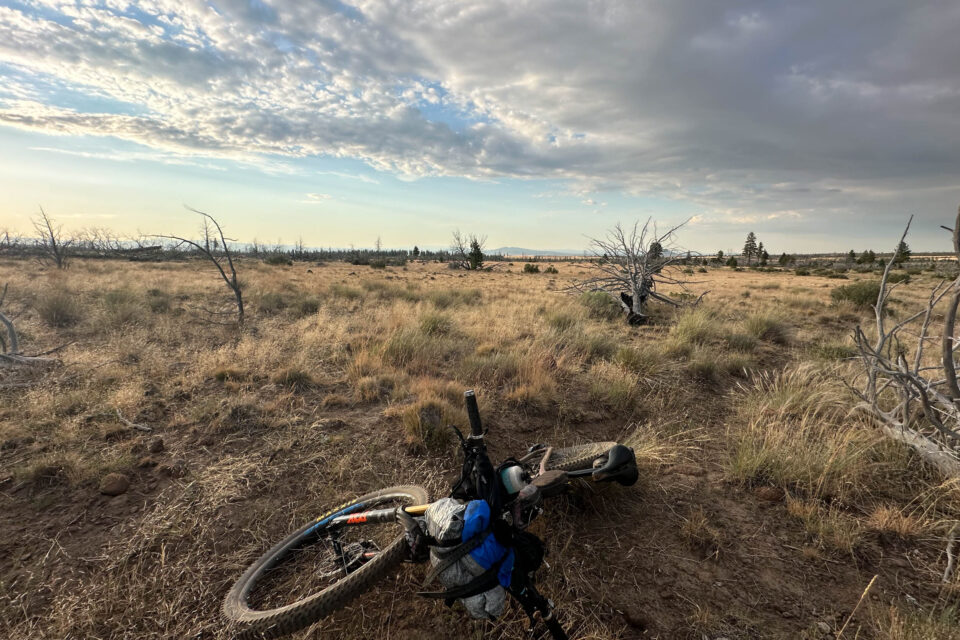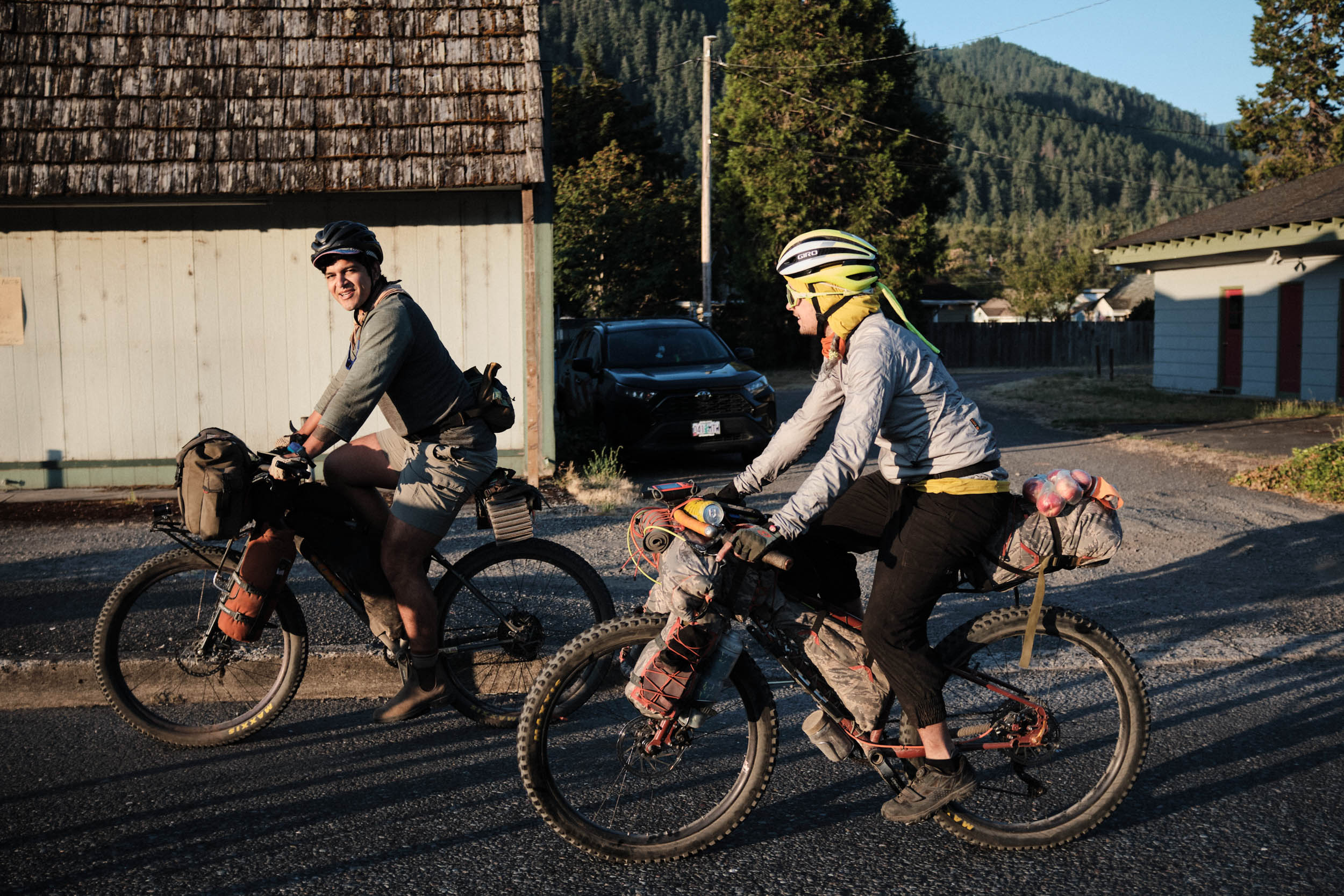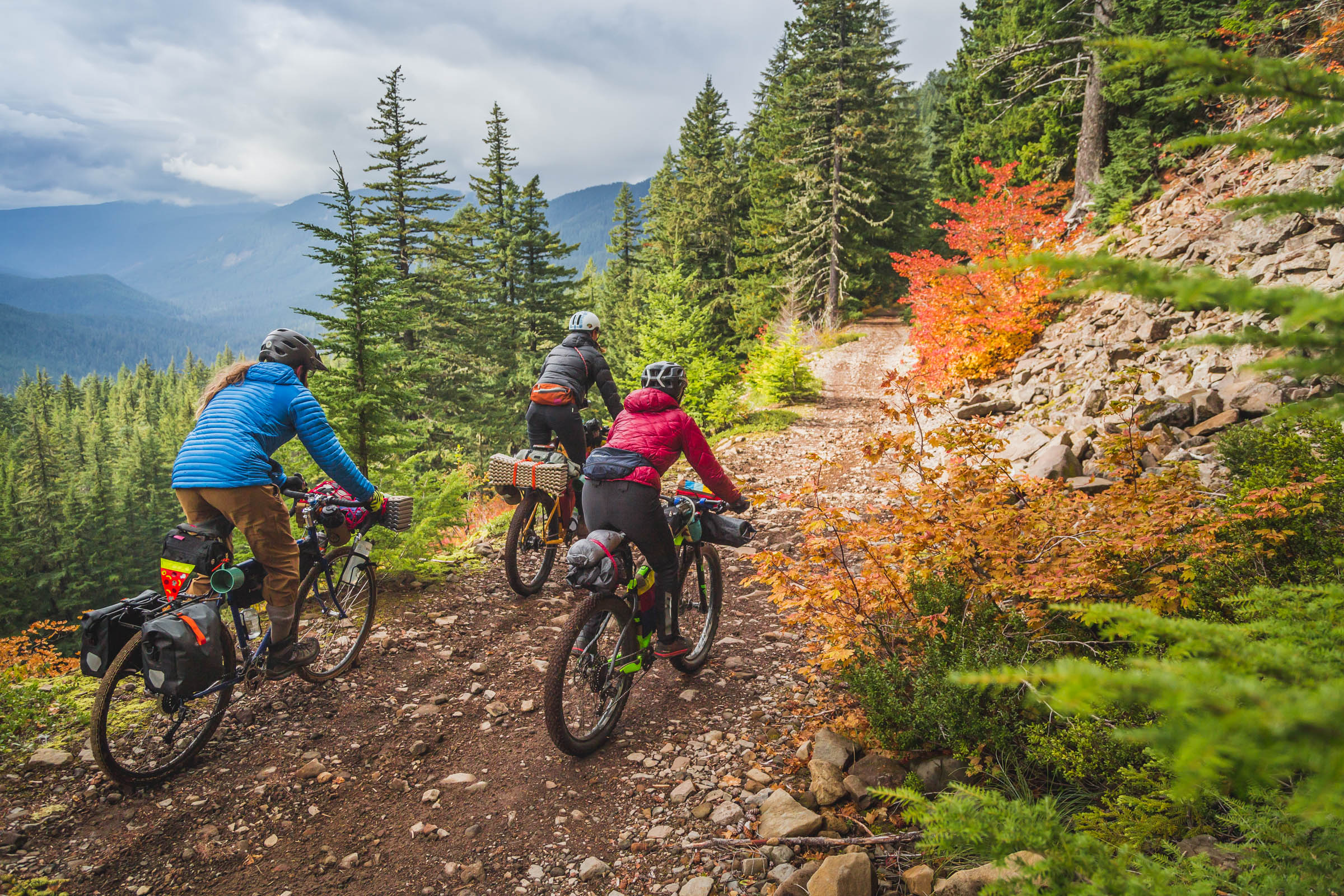Last week, Karin Pocock of Crested Butte, Colorado, took first place at the Oregon Timber Trail 300, where around 65% of riders have scratched from the event. Find a brief reflection from Karin’s winning ride here…
The Oregon Timber Trail is an iconic 700-mile backcountry mountain bike route spanning Oregon’s diverse landscapes from California to the Columbia River Gorge. It travels through various landscapes, communities, ecosystems, terrain, and, most importantly, mountain bike trails, with over 70% singletrack to its name.
In 2021, 25 riders showed up for the inaugural grand depart, following a 430-mile section of the route between the California border to the town of Sisters. That year, forest fires and smoke resulted in detours and challenging conditions, with just three riders finishing the route without detours. Last year was a similar story, with forest fire closures forcing the race to end in Oakridge, resulting in a 319-mile route. Twenty riders started, and 12 finished the official course, with some of the fastest riders finishing well under three days.
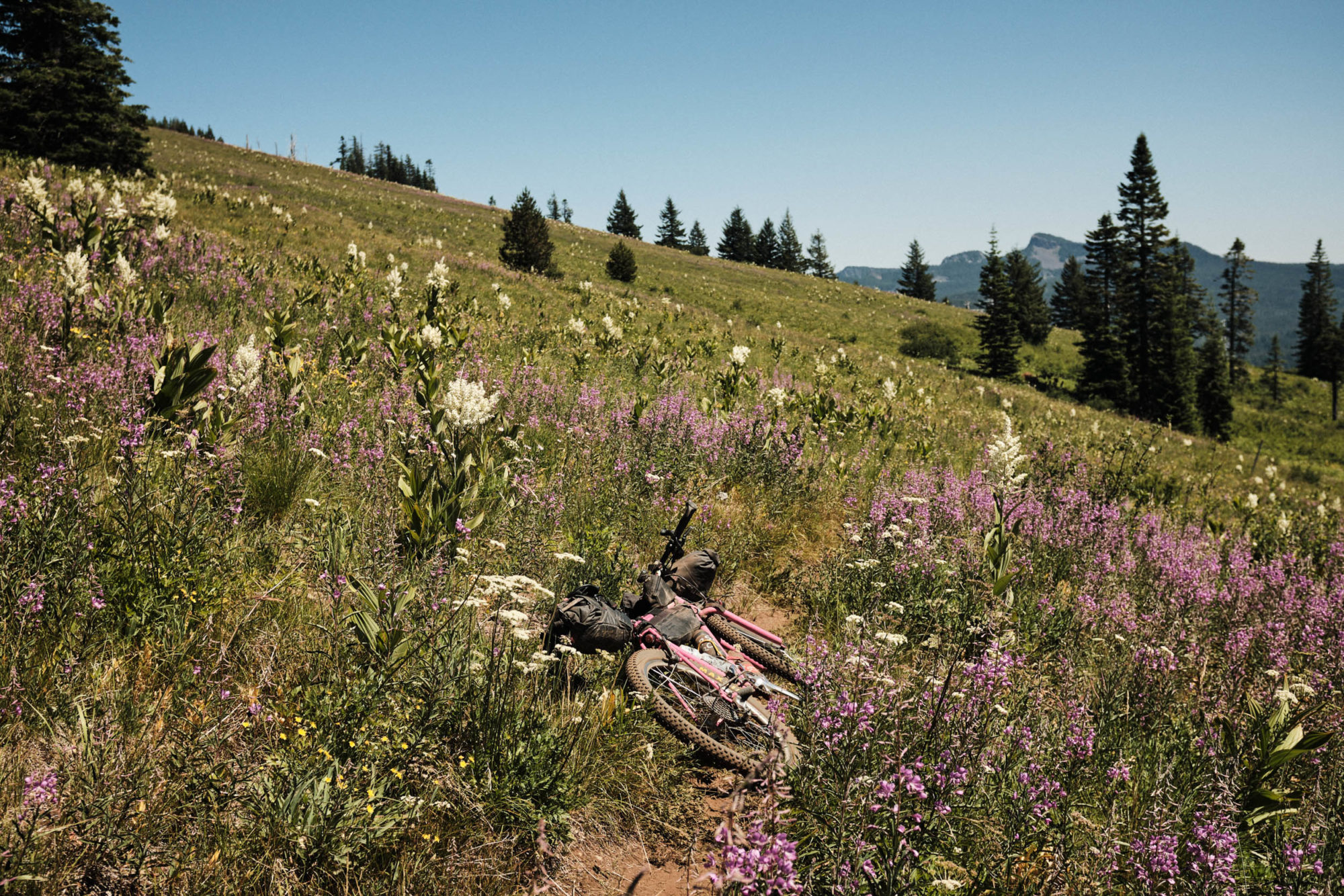
The 2024 Oregon Timber Trail grand depart took off from the California border last week, offering riders a choice between a partial 300-mile version and the full 700-mile route. There are 17 riders registered for live tracking, 12 are taking on the full route, and just five signed up for the 300-mile route. Eleven of them have already scratched from the event. Late last week, Karin Pocock was the first to finish the 300-mile event, arriving in Oakridge after 3 days, 15 hours, 17 minutes. Congrats, Karin! Find a recap of her ride below.
Winning the Oregon Timber Trail 300
Words and photos by Karin Pocock
I made the decision on a whim to register for the Oregon Timber Trail (OTT) after scratching out of the Grand Loop on day two of the race for respiratory illness. I didn’t know much about the OTT, but I had been alpine guiding in Oregon all spring and figured it was a way to become more intimate with the land.
In my head, the OTT was going to be a gentler version of the other state-crossing trails, the CTR and AZTR, and when I registered, I had images of the buff, fast-moving trails in the Bend, Oregon, area. I was so desperately wrong. By midday on the first day, I already had a collection of “trail” photos. These were pics of sections so overgrown it took GPS navigation to follow the trail. Even using the word trail is inaccurate; we were following a route line on a map, trying to keep an optimistic outlook while suffering at a speed of 0.5 miles per hour.
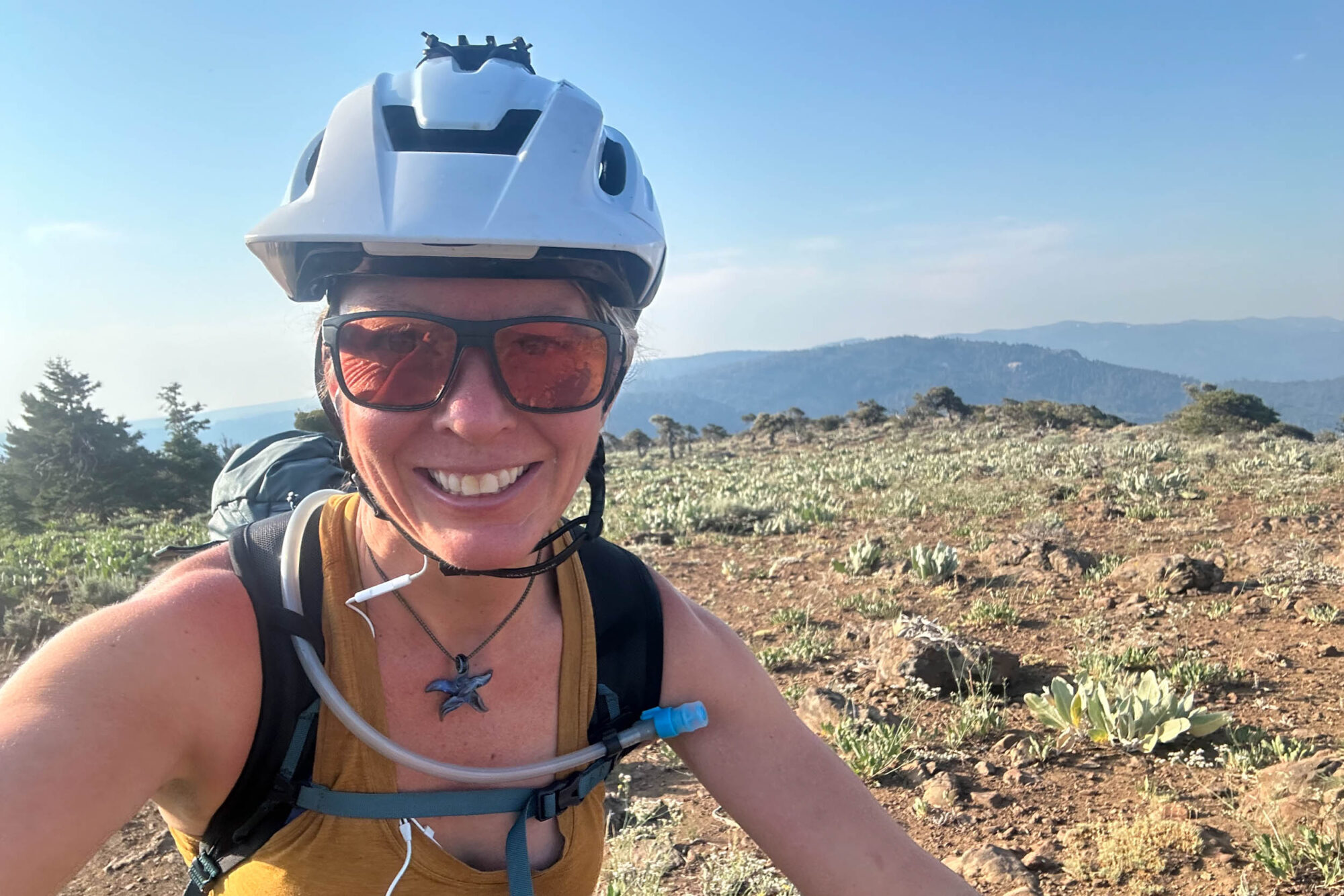
By the end of the first day, the deadfall was in the 100s. I had climbed over two barbed-wire fences, bushwhacked through miles of terrain, run out of water, almost tore my derailleur off in the bushwhacking, lost my mid-range gears, and sweated out my blood volume in the mid-90s heat. I had not yet encountered what the next couple days would bring in terms of further intense bike pushing, horror-movie-worthy insect swarms, lightning, and actively falling 60-foot trees.
I emerged in Oakridge three days and 15 hours after starting feeling beaten down and humbled, having put down slower miles per hour than on the AZTR with an active COVID infection the previous year. The Oregon Timber Trail is is a test of grit and suffering, not to be taken lightly and deserving of more riders and trail work as this gem of a trail is disappearing through lack of use and lack of maintenance.
Eric Holm took second on the 300-mile route with a time of 4 days, 5 hours, 57 minutes, and the remaining three riders have scratched from the event. In the 700-mile race, there are just four riders left on course, with Kyle Phillips Cox set up to finish first at some point today or tomorrow. Head over to the event page to follow along live. Congrats to everyone who showed up this year, we know from experience that the OTT is no walk in the park.
Further Reading
Make sure to dig into these related articles for more info...
Please keep the conversation civil, constructive, and inclusive, or your comment will be removed.


